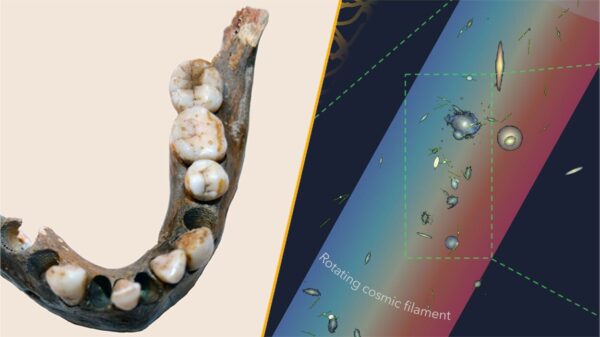Researchers from the University Medical Center Göttingen and the University Hospital Würzburg have revealed important insights into the mechanisms behind atrial fibrillation, a common heart rhythm disorder. Their joint study highlights the role of disrupted calcium signaling in heart muscle cells, which may be a crucial factor leading to the irregular heartbeats associated with this condition. The findings were published in the journal Circulation Research.
Atrial fibrillation affects millions of people worldwide and can lead to serious complications such as stroke and heart failure. The study’s authors investigated how calcium signaling, which is critical for heart muscle contraction, becomes impaired in patients suffering from this arrhythmia. They observed that when calcium signaling between key cellular structures is disrupted, it can cause the heart to lose its normal rhythm.
The research team conducted experiments on heart cells from both human patients and animal models. They found that specific disruptions in calcium handling were linked to the development of atrial fibrillation. These insights suggest that targeting calcium signaling pathways could offer new therapeutic opportunities for managing this condition.
In a statement, Professor Thomas Eschenhagen, one of the lead researchers, noted, “Understanding how calcium signaling is altered in heart cells provides a foundation for developing more effective treatments for atrial fibrillation.” He emphasized the importance of this research for improving patient outcomes.
The study utilized advanced imaging techniques to observe calcium dynamics in real-time. This innovative approach allowed the researchers to pinpoint precise disruptions in cellular signaling that may contribute to arrhythmias. Their findings underscore the complexity of cardiac signaling and its vital role in maintaining normal heart function.
As atrial fibrillation remains a pressing public health issue, this study adds to the growing body of evidence aimed at uncovering the underlying mechanisms of the disease. The hope is that further research will lead to targeted interventions that could restore normal rhythm and reduce the risk of serious complications.
Ultimately, the collaboration between the University Medical Center Göttingen and the University Hospital Würzburg exemplifies the importance of interdisciplinary research in advancing our understanding of complex health issues. As researchers continue to explore the intricacies of calcium signaling, the potential for innovative treatments in the management of atrial fibrillation becomes increasingly promising.






































































